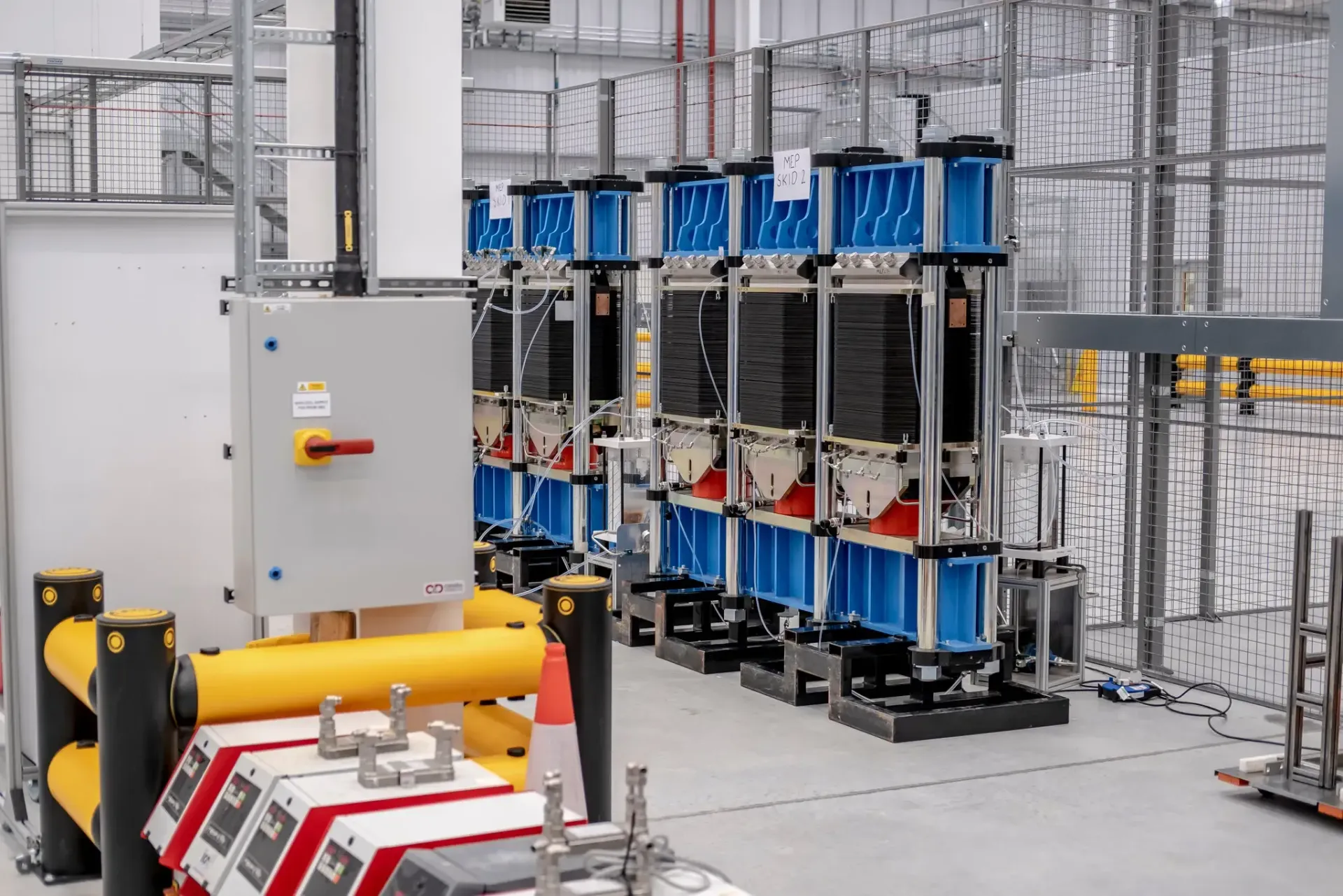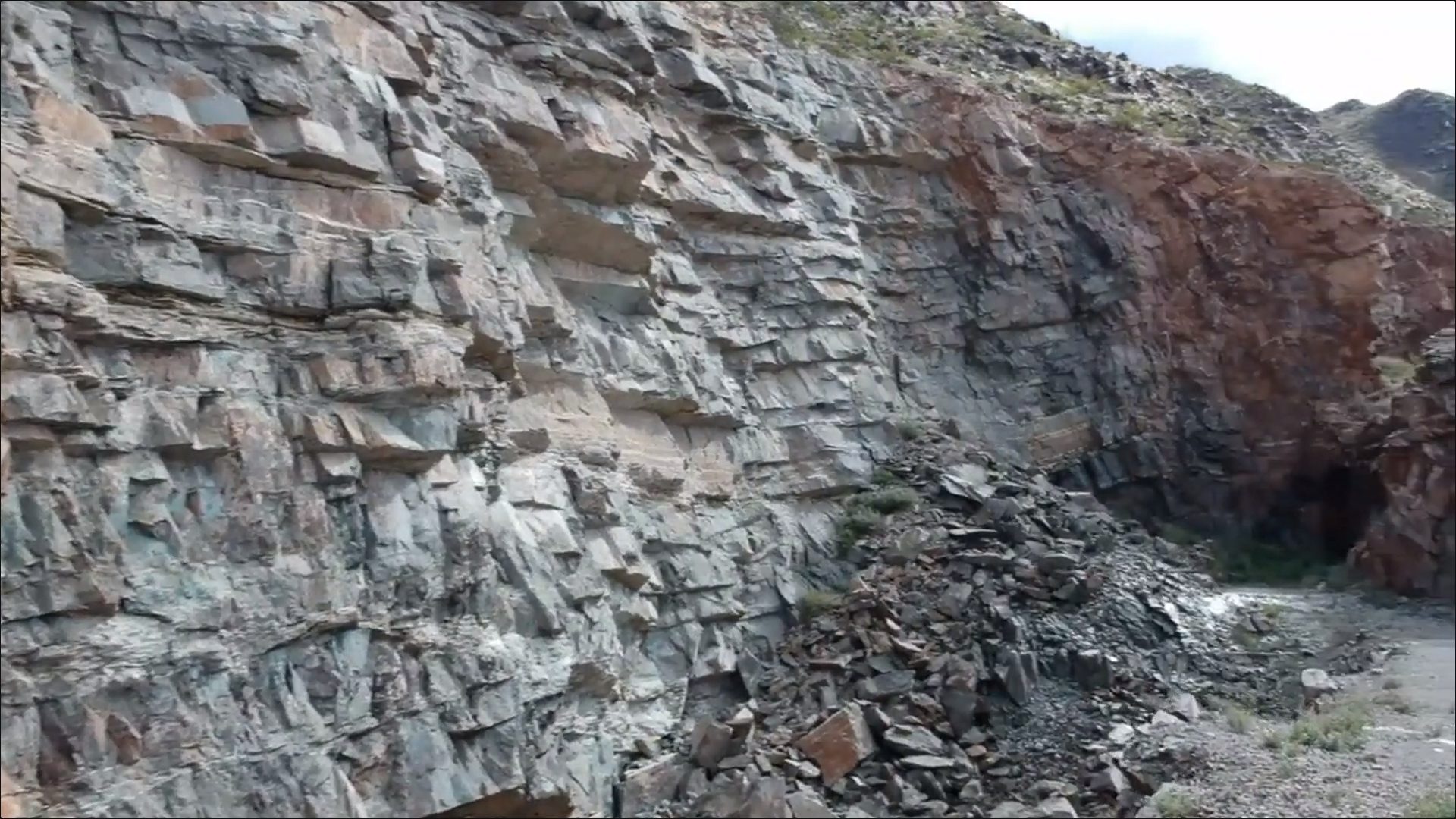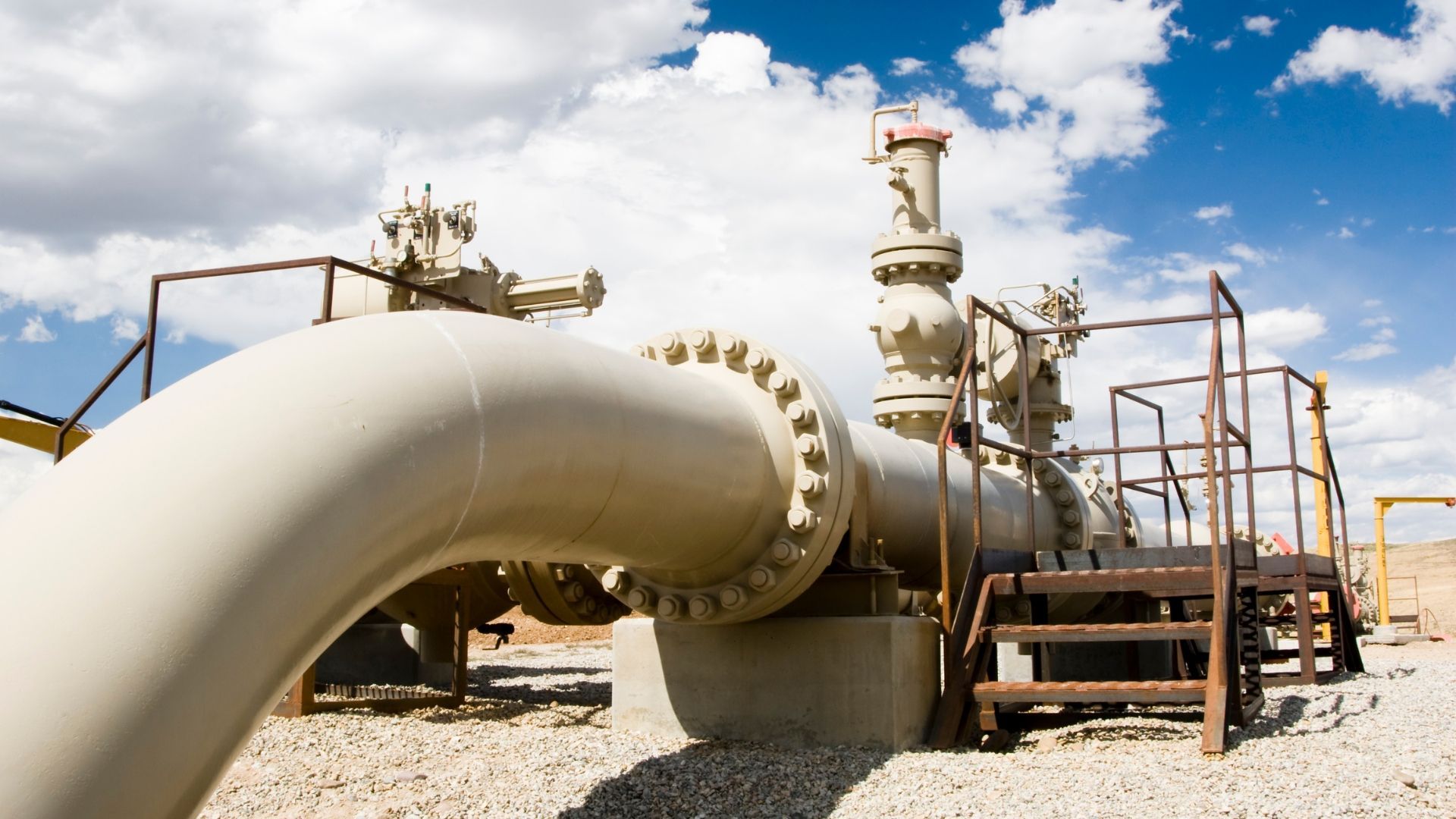Clean hydrogen could help fight climate change, but it barely exists today. Now the administration wants to build an entire industry from scratch.
By Brad Plumer | Reporting from Washington
The Biden administration announced plans on Friday to award up to $7 billion to create seven regional hubs around the country that will make and use hydrogen, a clean-burning fuel with the potential to power ships or factories without producing any planet-warming emissions.
Hydrogen is widely seen as a promising tool to fight climate change, as long as it can be produced without creating any greenhouse gases. When burned, hydrogen releases just water vapor. But very little of this so-called clean hydrogen is used today. By awarding the grants, the Biden administration is trying to stand up an entire industry from scratch.
Dozens of regions competed for the money, which will be awarded to proposed hydrogen projects on the Gulf Coast (Texas and Louisiana) and in the Mid-Atlantic (Pennsylvania, Delaware and New Jersey), Appalachia (Pennsylvania, West Virginia and Ohio), the Midwest (Illinois, Indiana and Michigan), the Upper Midwest (Minnesota, North Dakota and South Dakota) and the Pacific Northwest (Washington, Oregon and Montana). A proposed hub in California will also receive funding.
President Biden and Energy Secretary Jennifer Granholm were expected to travel to the Port of Philadelphia on Friday to discuss the announcement.
“Clean hydrogen is one of our most versatile, sharpest tools to slash emissions,” Ms. Granholm wrote in June when she outlined the administration’s hydrogen strategy.
In theory, hydrogen could be used to help produce steel, cement, chemicals and fertilizer. It could also be used to power trucks, ships or airplanes or to produce electricity, all without emitting the greenhouse gases that are dangerously heating the planet.
The Biden Administration’s Environmental Agenda
- Oil Drilling: The Biden administration said it would lease just three spots in the Gulf of Mexico to oil companies for drilling over the next five years, the smallest number of lease sales offered since the federal drilling program began decades ago.
- A Second-Term Target: If President Biden wins a re-election, his climate policies would take aim at steel and cement plants, factories and oil refineries — heavily polluting industries that have never before had to rein in their greenhouse gases.
- Inflation Reduction Act: Private investment in clean energy projects surged after Biden signed the bill into law in 2022, a development that shows how lucrative tax incentives have reshaped some consumer and corporate spending in the United States.
The challenge, however, is figuring out how to manufacture that hydrogen cleanly. Today, companies usually extract hydrogen from natural gas in a process that emits large amounts of carbon dioxide. But it is also possible to produce hydrogen without any emissions — by, for instance, using wind turbines or solar panels to power electrolyzers that can split water into hydrogen and oxygen. The catch is that making hydrogen this way is still two to three times as expensive as making it with natural gas.
To help jump-start a clean hydrogen economy, Congress approved $8 billion to create regional hydrogen hubs as part of the 2021 bipartisan infrastructure law. As part of the Inflation Reduction Act of 2022, lawmakers approved a hefty tax credit for companies that produce low-emissions hydrogen, in the hopes of driving down the cost of production.
Partly as a result of those laws, the Department of Energy estimates that the use of clean hydrogen could grow to 10 million tons per year by 2030, up from virtually nothing today.
The gusher of federal money also kicked off a furious competition among states. The Department of Energy initially received 79 proposals for hydrogen hubs from states across the country before selecting seven. The hubs typically consist of networks of businesses, labor groups, researchers and local governments that have pledged to work together to produce, transport and use clean hydrogen.

Each of the award winners plans to take a slightly different approach. The proposed hub in California, for instance, aims to produce hydrogen from renewable energy and use the fuel to power heavy-duty trucks and port operations in Long Beach, Los Angeles and Oakland.
By contrast, the Appalachian hub, which will span parts of Pennsylvania, West Virginia and Ohio, is expected to continue to use natural gas to produce hydrogen, but companies will seek to capture carbon dioxide emissions from the process and bury it underground. That proposal was backed by Senator Joe Manchin, Democrat of West Virginia.
Some environmentalists and researchers have criticized that method, known as “blue hydrogen,” and warned that it could still lead to high emissions if methane leaks from the process.
The Energy Department estimates that nearly two-thirds of the investments will eventually go toward hydrogen made by renewable electricity.
Not all of the $7 billion in funding will be spent at once. As a first step, the Energy Department will give awardees initial grants to create more detailed proposals for their hydrogen hubs. If the agency deems the projects viable, it will disburse more money over time — but that money is not guaranteed if any of the hubs prove unworkable.
“We’re still a long, long ways away from creating a large-scale hydrogen economy,” said Alex Kizer, a senior vice president at the Energy Futures Initiative, a Washington nonprofit organization. “Think of these hubs as laboratories of sorts to experiment with potential business models for hydrogen and to try to figure out some of the technological and infrastructure hurdles.”
One big debate over hydrogen involves its use. There is widespread agreement that hydrogen should be used as a clean fuel when there are few other low-emissions alternatives, such as when making fertilizer. But some researchers say it makes less sense to use hydrogen to create electricity or to fuel cars or heat homes when there are simpler, more efficient alternatives, like electric cars or heat pumps.
“I do worry that with all this money, there’s going to be an effort to force feed hydrogen into applications where it’s not all that effective at cutting emissions,” said Sean O’Leary, a researcher at the Ohio Valley River Institute who has criticized the Appalachian hub proposal.
Many hydrogen producers are also still waiting for the Internal Revenue Service to release the rules regarding a lucrative tax credit for low-emissions hydrogen that could ultimately be worth hundreds of billions of dollars. That guidance has been the subject of intense lobbying: Environmental groups have argued that strict safeguards are needed around the tax credit so that hydrogen production doesn’t inadvertently lead to more carbon emissions, while some industry groups have warned that too-strict rules could throttle the industry altogether.
“The hydrogen hub money pales in comparison to that tax credit,” said Bryan Fisher, a managing director at RMI, a nonprofit organization that supports clean energy. “Everyone’s waiting to see how that gets resolved.”
© 2023 The New York Times Company







